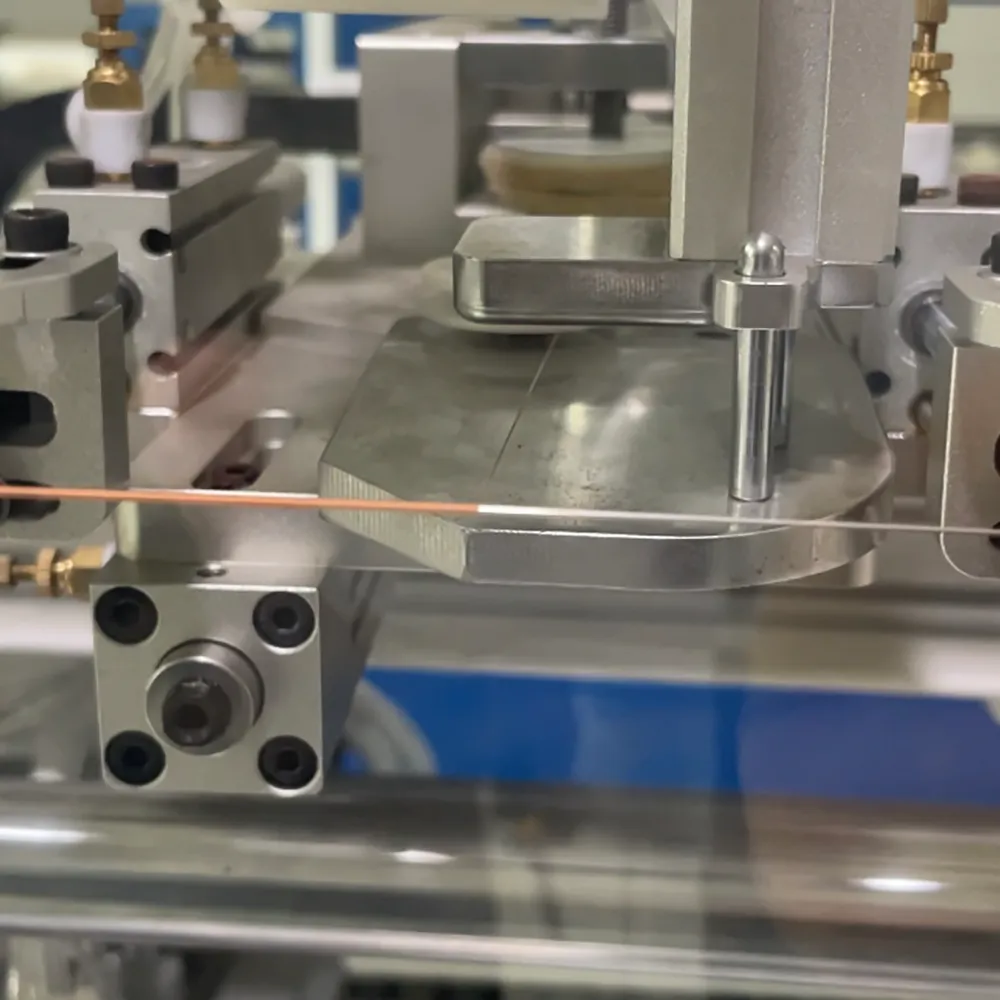Introduction: Violin strings are the lifeblood of a violin’s music, responsible for its captivating tones and timbre. The process of crafting these strings is a harmonious blend of tradition and precision. In this blog, we’ll delve into the fascinating journey of creating violin strings, focusing on the unique intricacies that set them apart from strings for other instruments.
Materials Selection:
Core Material: The foundation of a violin string is its core. While gut, synthetic core, and steel are common options, gut strings remain cherished for their warmth and complexity.
Winding Material: To enhance tone and durability, most modern violin strings incorporate metal windings. Varieties like silver, tungsten, and nickel-silver lend distinct tonal qualities to the strings.
The Art of Violin String Making:
Core Crafting: For synthetic core strings, the core material undergoes a meticulous process, including extrusion, stretching, and precise calibration for the desired diameter. Gut strings, on the other hand, require a more labor-intensive approach involving gut extraction, cleaning, and drying.
Winding and Flattening: Here lies a unique challenge: the winding material needs to be flattened before being meticulously wound around the core. Unlike other instrument strings that use rounded windings, violin strings feature flattened windings with a consistent slant. This slant plays a crucial role in the string’s flexibility and tone.
Twisting: The wound core undergoes a precise twisting process, shaping the string’s diameter and, ultimately, its distinctive character. The twist pattern impacts factors like tension and responsiveness.
Polishing: After winding, violin strings are expertly polished to ensure a smooth, flawless finish. This step contributes to the string’s tactile comfort and overall playability.
Variations and Customization:
To cater to the diverse needs of violinists, string manufacturers offer an array of options in terms of tension, gauge, and winding materials. Musicians can experiment with different string sets to achieve their desired sound, highlighting the importance of customization.
Balancing Tradition and Innovation:
Violin string production embodies a timeless craft while incorporating innovations in materials science and manufacturing techniques. Traditional gut strings coexist with modern synthetic core and steel strings, offering musicians a wide spectrum of tonal possibilities.
Conclusion:
Crafting violin strings is an intricate art, demanding precision and a deep understanding of materials and techniques. The choice of core and winding materials, the delicate process of flattening and winding, and the final polish all contribute to the unique character of each string set. As violinists continue their quest for the perfect tone, string makers remain dedicated to refining their craft, ensuring that every note played on a violin is a harmonious masterpiece.

